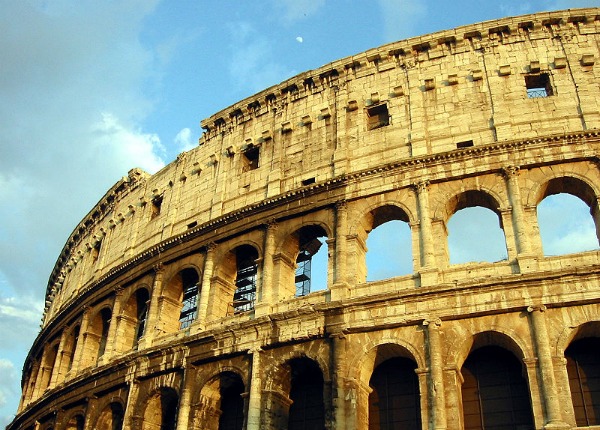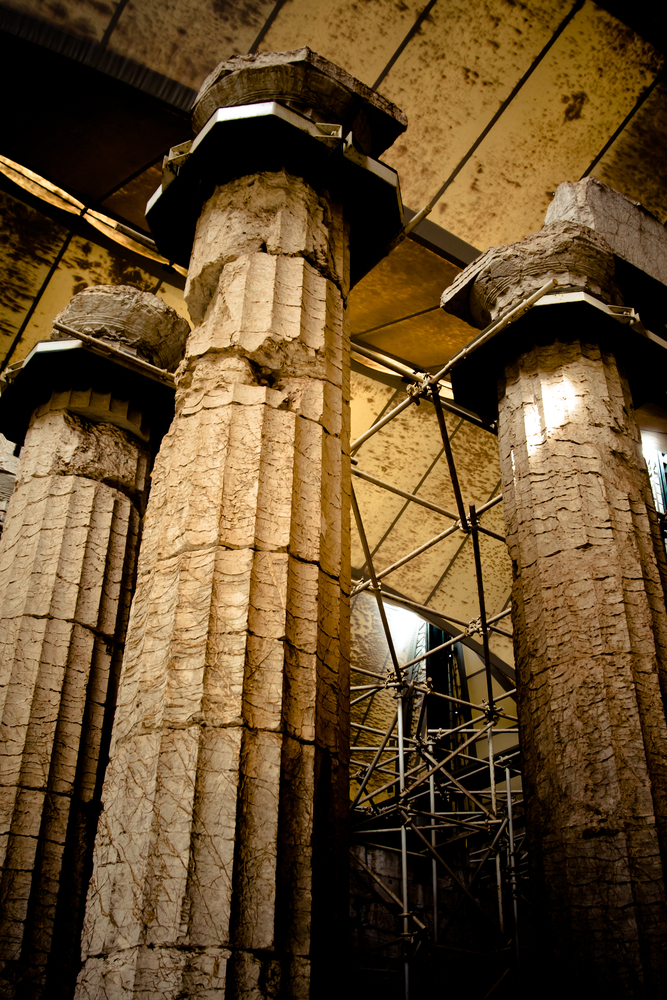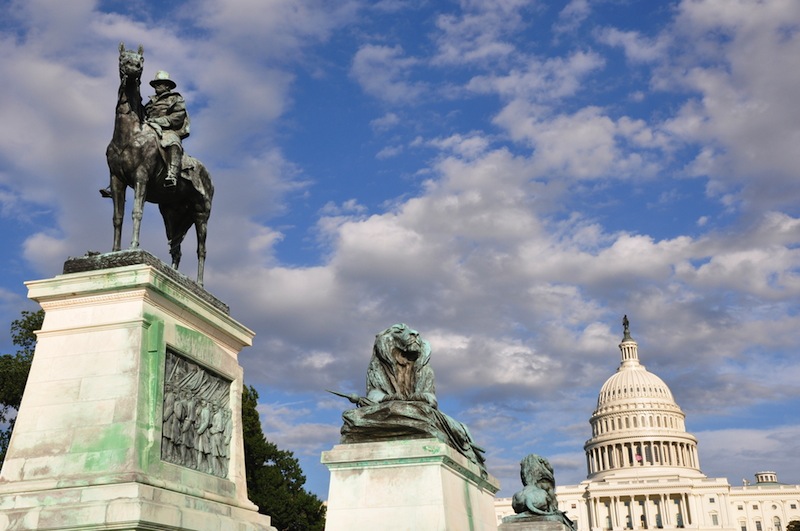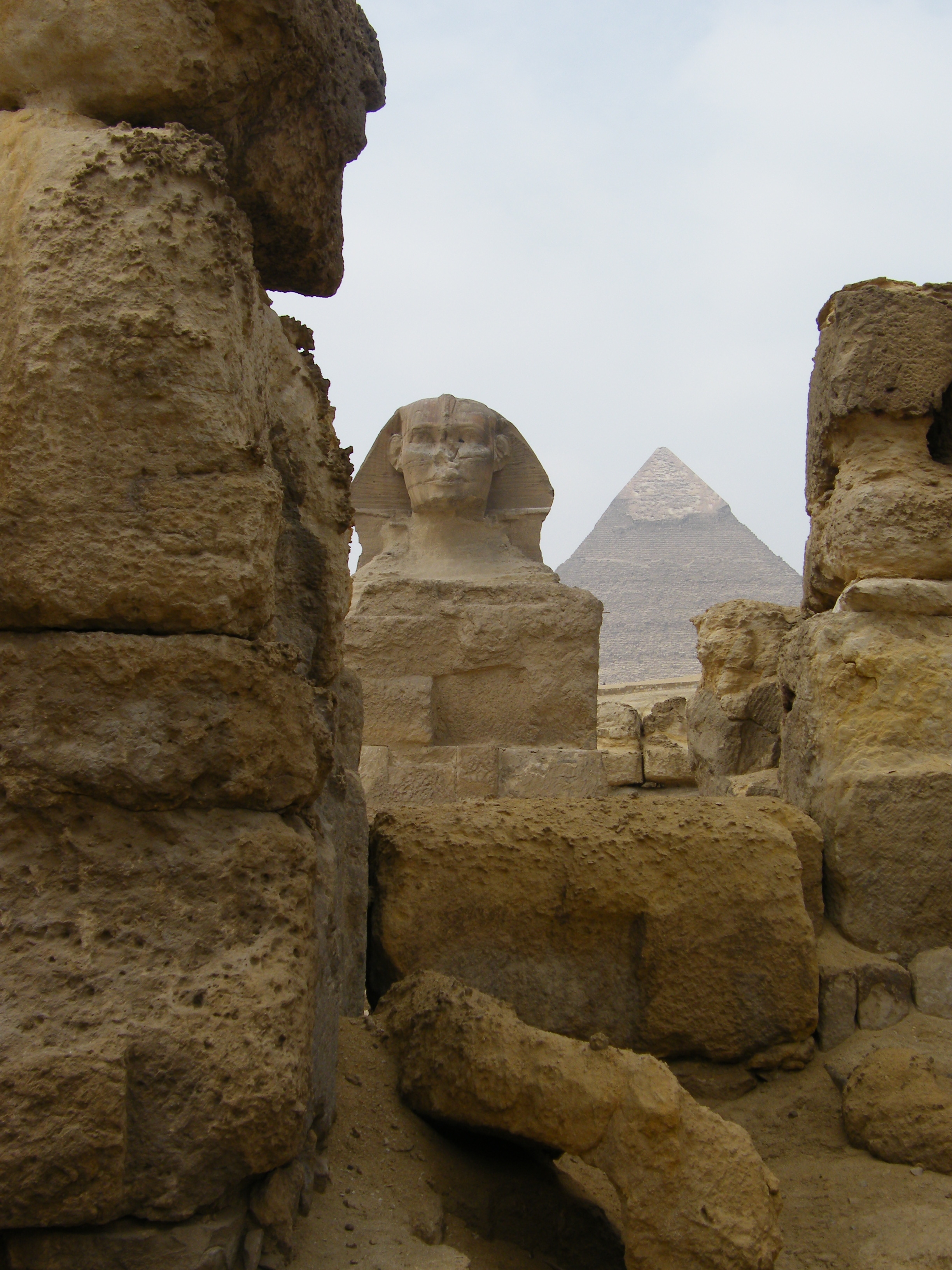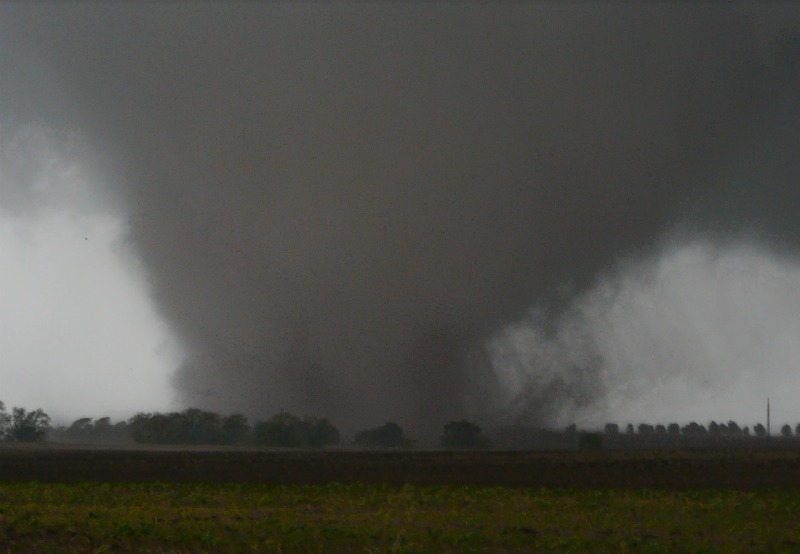Five Monuments that Might Not Pass the Test of Time
This article was provided by AccuWeather.com.
Ancient civilizations have long written about the power and force that weather once brought upon them. There have been descriptions of grueling heat from the ancient Egyptians to accounts of great typhoons passed down by the ancient Greeks.
Centuries have passed and few visible signs of ancient people still exist today; we regard monuments across the world as major tourists attractions. Slowly but surely, extreme weather is weakening popular monuments across the globe. Meteorologist Jim Andrews, who specializes in international weather, weighs in on this list of the world's wonders and whether they can outlast the test of time.
1. The Colosseum (Rome, Italy)
The Colosseum, built from 70-80AD, was the center for Roman gladiatorial fights and spectacles of survival. Andrews mentioned that the ancient stage may be in its own fight for survival.
"Snow and freezing temperatures are infrequent visitors in Rome. However, when it does snow, if it sits on the rock by day, with above-freezing temperatures, it will melt. Water trickles out and at night if a cold wave of below-freezing temperatures enters the area, it will cause the rock to crack."
Water getting into the monument's nooks and crannies is an issue, warned Andrews.
Get the world’s most fascinating discoveries delivered straight to your inbox.
"It's just like a chisel, an extremely powerful force. I would say that it's most like if you've ever put an aluminum can in the freezer and the bottom pops out. That's what's happened to the Colosseum over time."
This freezing and thawing cycle that has taken place in the Colosseum is causing it to crumble. It's made it 1,942 years thus far so perhaps saying 'arrivederci' won't be in the ancient monument's near future.
2. The Temple of Epicurean Apollo (Eira, Greece)
This temple was dedicated to Apollo after saving the inhabitants of the local area from deadly epidemics that cursed the area. It stands in the hilly landscape of Greece approximately 1,131 m above sea level.
Andrews noted, "The Peloponnese Peninsula (mainland Greece) is a relatively wet place because of the mountains. Temperatures during the winter period, in the Mediterranean climate, don't get very low despite that Greece shares a latitude of that similar to Boston, Mass."
RELATED: Greece Weather Italy Weather Egypt Weather
Built in 420-400BC, archeologists found water lies within the pores of the marble, and during the rare times that lower temperatures reached the Mediterranean, the water has frozen and expanded the ancient rock past its original construction.
"This monument is near the highest point of the peninsula, and as elevation rises, temperatures drop. In January alone, the area received half of the month's average rainfall so it is a place where precipitation plays a role," said Andrews of the water within the local limestone.
3. The Ulysses S. Grant Memorial (Washington, D.C.)
The Ulysses S. Grant Memorial is located across the street from the Capitol Building and is a prime example of the effects that acid rain has on bronze. Bronze is a metal mostly made up of copper and a small amount of tin and does not take kindly to acid.
Andrews echoed, "Carbonic acid is naturally present in rainfall and will react with copper thus making those green stains on the statue. Being located further down south doesn't help the monument either. Chemical attacks will occur faster because of the seasonal temperatures. Higher temperatures speed up weathering and damage."
According to the National Park Service, wax is applied to the monument at least once a year to protect and preserve the metal like wearing a raincoat to protect yourself from getting wet.
4. The Statue of Liberty (New York, N.Y.)
Often associated with the city of New York, Lady Liberty stands tall amidst the Hudson River. The monument was originally a gift given to America from France in recognition of the "friendship established during the American Revolution," according to the U.S. National Park Service (NPS).
After years of being exposed to the elements, the Statue of Liberty has experienced severe amounts of natural weathering. Entirely made of copper, years of rain has turned the once-bronze exterior green.
"Copper reacts with oxygen causing carbonation. Normal rain water reacts with the copper and the wetness makes it dissolve. Water puts the reactants in direct contact with each other," said Andrews.
The green coloring occurs due to chemical reactions between water and metal.
The addition of pollutants in the air also speeds up this chemical reaction process. Weather-related repairs were made in 1937 because water leaked into the base, and careful maintenance over the years has protected the statue from further weathering issues.
5. The Sphinx (Giza, Egypt)
Built in the ancient Egyptian period known as the Old Kingdom (c. 2686-2134 BC), the great Sphinx is now eroding before our very eyes. Its location, the Giza Plateau, has an eastward sloping topography.
The topography surrounding the monument has created a natural rainwater run-off into the west part of the Sphinx that has added to the eroding limestone for years.
"They do get a rare torrential downpour in the desert, so yes, rain and run-off do happen," said Andrews.
Erosion by water is not the only issue the Sphinx is undergoing, Andrews warned. "Being in the desert, in that exposed environment, a lot can move especially with high winds. It's kin to sandblasting, that sand, being a grainy material, it's like a hand with a tool in it. Damage will be done."
Another water-related issue the porous rock of the Sphinx faces is ground water. Andrews said, "Salt-laden groundwater can wick up into porous rock from the salt in the soil. Moisture isn't good for this type of large structures."
Years have passed, and these monuments have survived. However, some of them may have a shorter lifespan than we think. Andrews warned not to take the lifetime of these monuments for granted. "Anything on Earth that is man-made or sticking up will be attacked by the elements. Atmospheric forces will take their toll," Andrews said.
© AccuWeather.com. All rights reserved. More from AccuWeather.com.


